Hermès embraces the art of travel at Watches & Wonders
Hermès has collaborated with artist Sabrina Ratté for the Watches & Wonders installation, Time Travels the World, which is inspired by the new Arceau Le Temps Voyageur watch
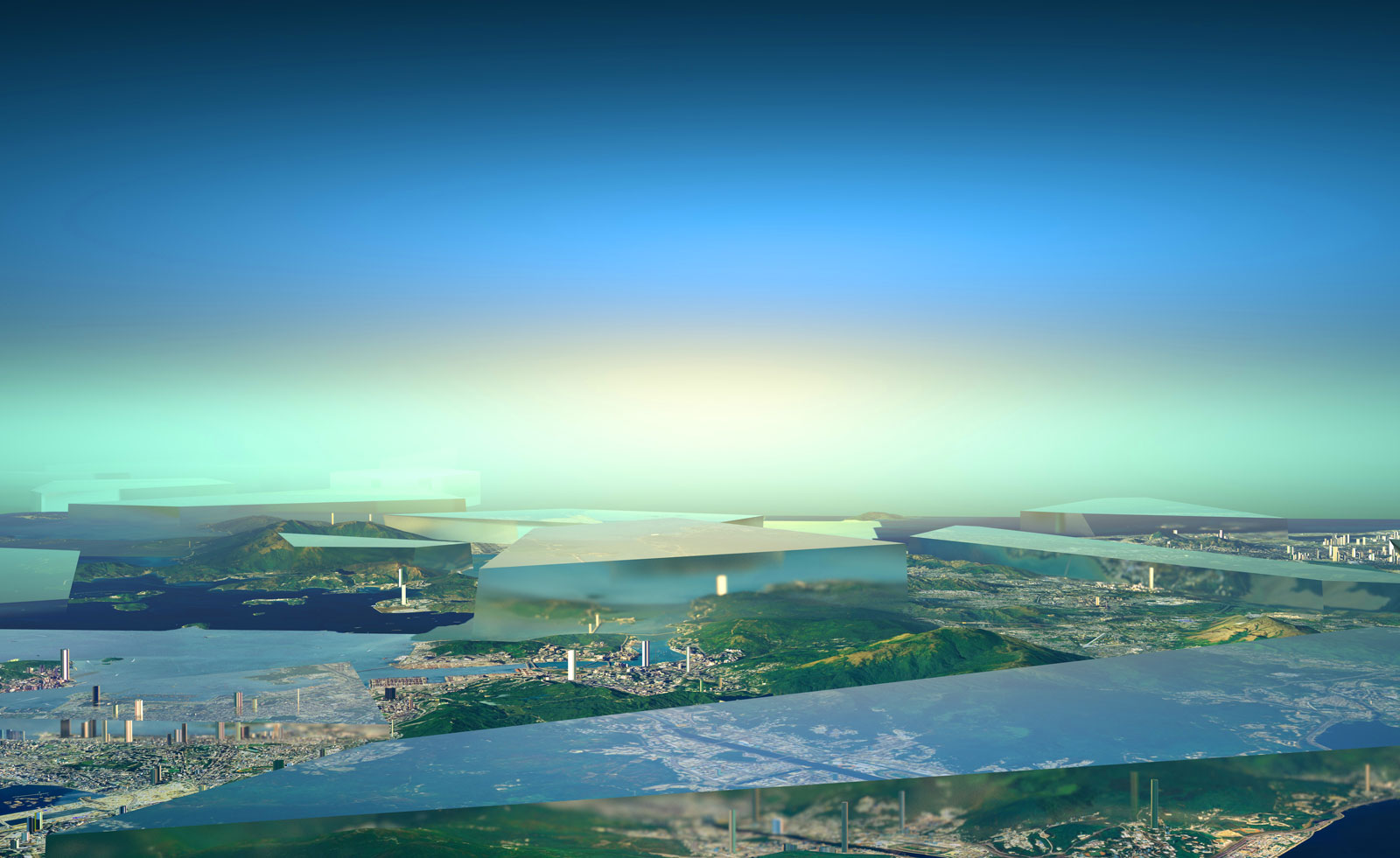
Hermès is celebrating the art of travel at this year’s Watches & Wonders in Geneva, with an installation by Canadian artist Sabrina Ratté. Ratté was inspired by the new Hermès Arceau Le Temps Voyageur watch in her exploration into escapism.
The watch, a new interpretation of the original Arceau designed by Henri d’Origny in 1978, puts travel at its heart, with a disc display of 24 time zones juxtaposed against a fantasy map, first created by Jérôme Colliard for the ‘Planisphère d’un monde équestre’ silk scarf.
The installation, Time Travels the World, plays into this fantastical vision, with 12 interactive landscapes situated in different time zones. Ratté is inspired by science fiction for her almost otherworldly pieces, which criss-cross through the past and the future in a nonlinear celebration of technology and the art of time.
Here, we talk to both Sabrina Ratté and creative director of Hermès Horloger, Philippe Delhotal, on the inspirations behind the installation and the watch design.
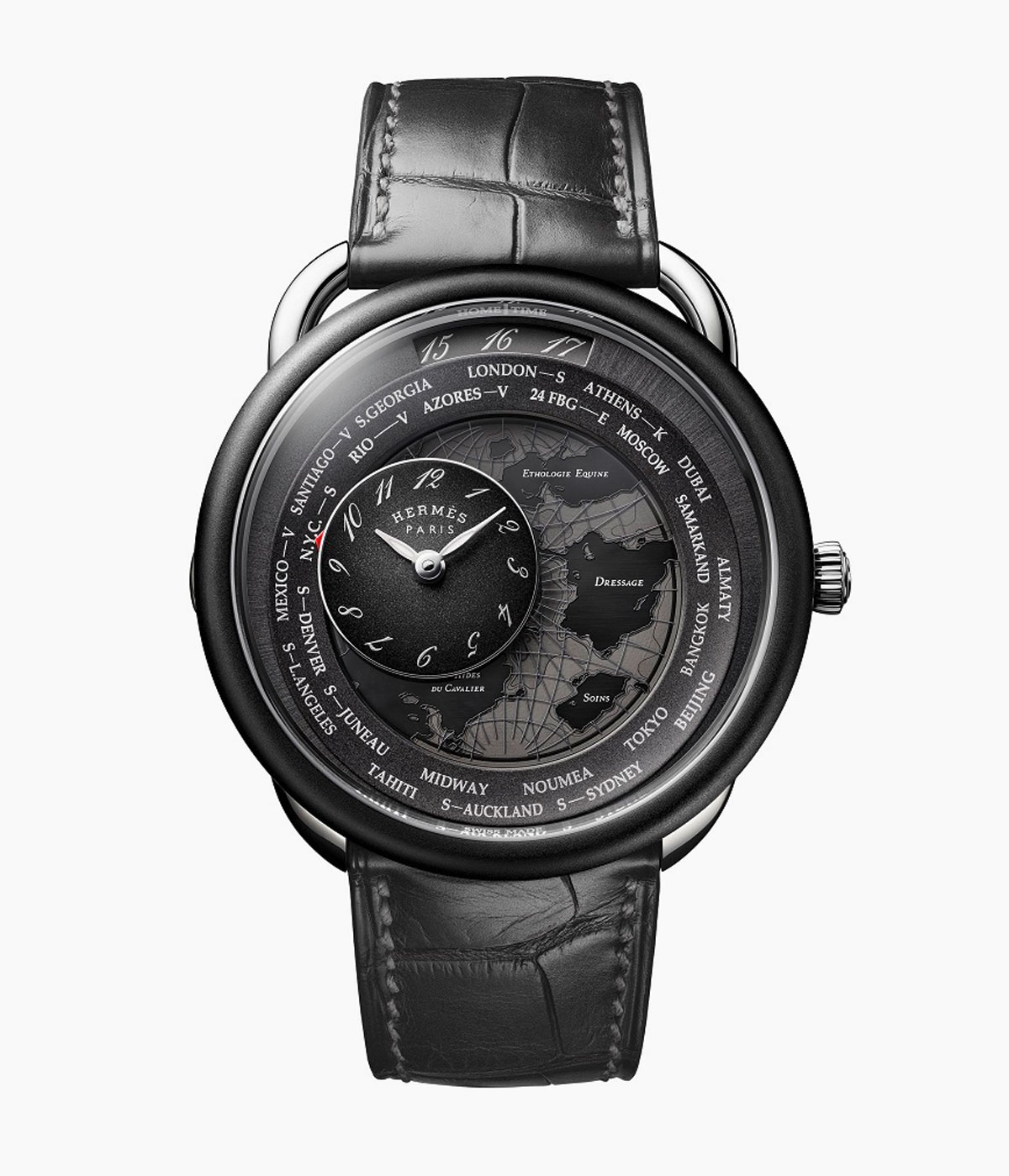
Hermès Arceau Le Temps Voyageur
Wallpaper*: Sabrina, can you tell us about the universe you have created for this exhibition?
Sabrina Ratté: For this project, I use an application that allows me to import satellite image data of the Earth to make 3D models. I work with landscapes from the world we know and transform them into places that are both fantastic and strangely familiar. Twelve videos, representing 12 different time zones, will be shown in the outer windows. These videos are interactive; visitors can turn a knob reminiscent of a watch, which changes the temporality of the video as well as the speed of rotation of the watch displayed in front of the video, which seems to float above the landscape.
W*: The universe you have created reflects the all-encompassing nature of the watch. Where did you begin in translating this technical vision into tangible form?
SR: The watch is an integral part of the scenography. It is the satellite that revolves around the Earth. It gives the video landscapes their temporality. It is at the heart of the whole set design. The concept around the new watch quickly inspired me and allowed me to propose a project to the Hermès teams combining several techniques, some of which I usually work with and others more occasionally: sculptures, installations, interactive devices, video mapping. After discussing the creative intentions with the Hermès team, I devoted last summer to artistic and technological research. For example, how would we distribute the videos and how could we implement interactivity? How would we create the images I had in mind, what form would the sculptures take?
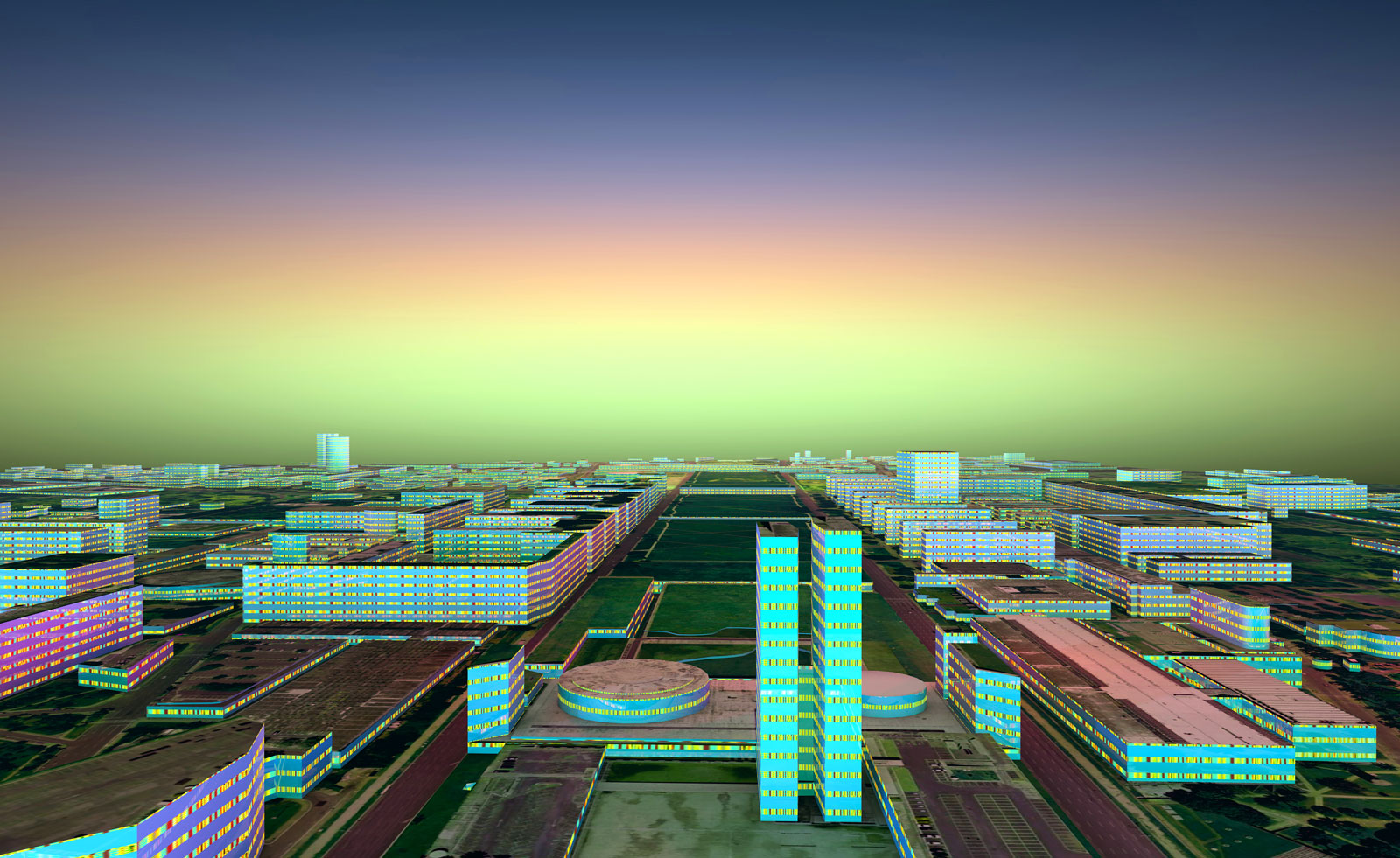
© Sabrina Ratté
W*: What were the main challenges you encountered?
SR: I've put a lot of thought into optimising my creative process for the videos. One of them lasts about 20 minutes and therefore requires a lot of computer power. That's why I decided to work with a computer that could deliver renderings 24 hours a day. I could then continue to work in parallel on another computer. I also had to pay attention to the back-up system to avoid any bad surprises.
Wallpaper* Newsletter
Receive our daily digest of inspiration, escapism and design stories from around the world direct to your inbox.
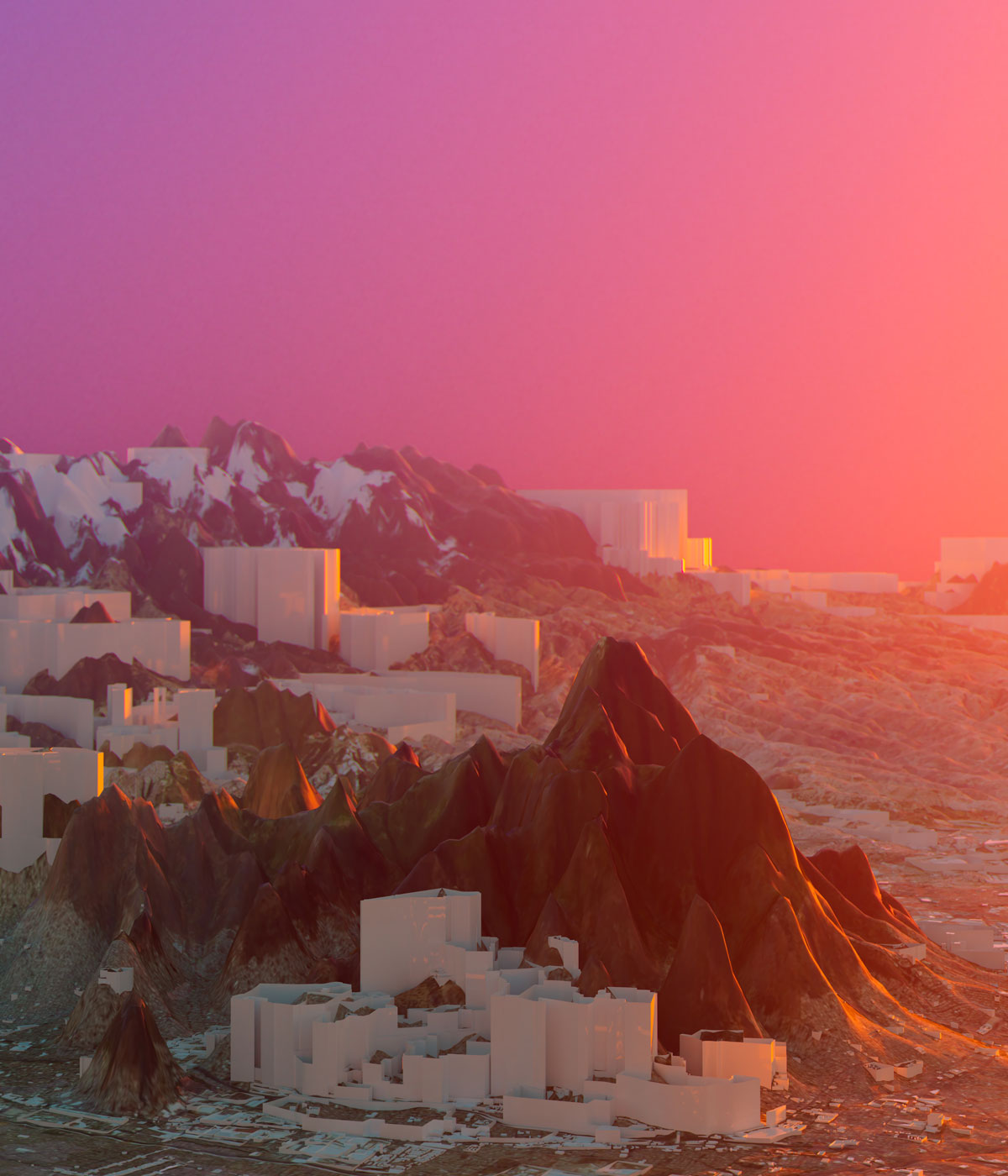
© Sabrina Ratté
W*: Philippe, this watch interprets an extreme technicality into a clean and uncluttered design. What were the challenges in presenting all the information in concise form?
Philippe Delhotal: Our biggest challenge on Arceau Le Temps Voyageur was to reinvent the hours of the world the Hermès way. We developed a high technicity timepiece, and it was important to us to propose a ‘user-friendly’ watch that would be easy to wear, easy to set and easy to read. With Arceau Le Temps Voyageur the wearer can quickly appropriate the watch and find in it a true companion for its journeys. We decided to create the dial in four different parts to ease the reading of all information on the watch. The home time is located at 12 o’clock, all cities are well readable on an outside ring. We decided to have a floating satellite displaying the local time that enables us to keep some clarity and lightness on the centre part with the continents.
W*: Hermès’ history celebrating the art of travel is nodded to here, what else has inspired this design?
PD: Arceau Le Temps Voyageur is a micro-cosmos; in this sense it is a symbolic and functional representation of travel according to Hermès. It is an invitation to travel, a central and fundamental concept in the world of the house. The first objects made by Hermès were harnesses for horse-drawn carriages, a means of travelling in style.
Today, Hermès sells objects that men and women will wear on their wrists with pleasure in order to continue travelling from one time zone to another. Because it incorporates this multi-faceted concept, the Arceau Le Temps Voyageur is a symbolic and functional representation of travel according to Hermès.
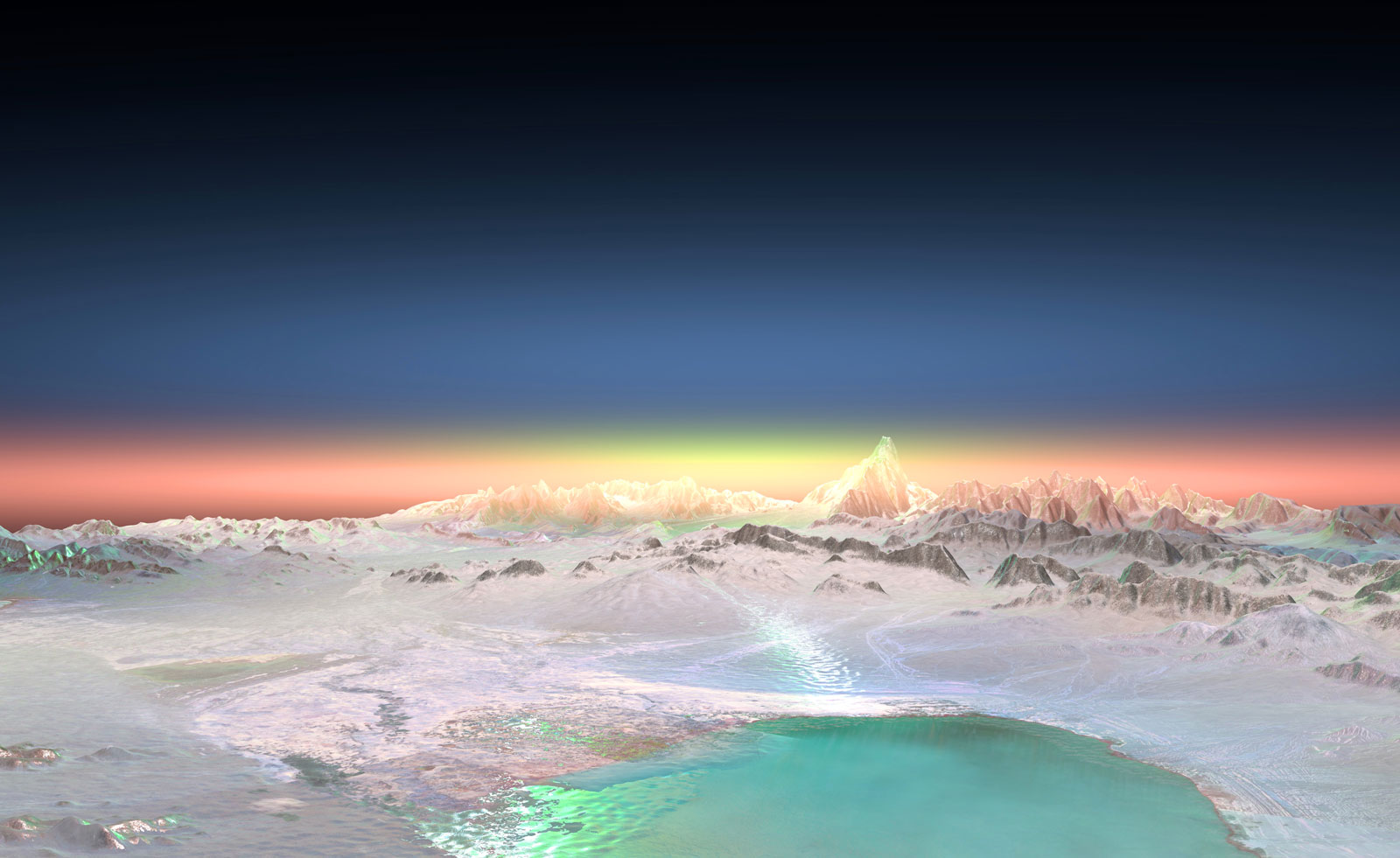
© Sabrina Ratté
W*: There is an elegance to both the curving forms and the typeface – can you tell us a bit about this?
PD: In 1978, Henri d’Origny freed the round watch from established aesthetic codes by imagining a classic and singular curve: the Arceau watch was born. Its case with asymmetrical stirrup-shaped attachments and sloping Arabic numerals evoking a galloping horse reveal a discreet and enduring elegance that lends itself to every possible expression of Hermès’ creativity and know-how.
W*: The map is a work of art – what were the challenges in illustrating this without compromising the readability?
PD: For the launch of Arceau Le Temps Voyageur, we needed a different world map, reflecting the promise of a journey to dreamlike horizons, where borders become blurred. At the same time, we wanted to find the idea conveyed by the watch of being able to discover the world while letting ourselves be carried away by the imagination.
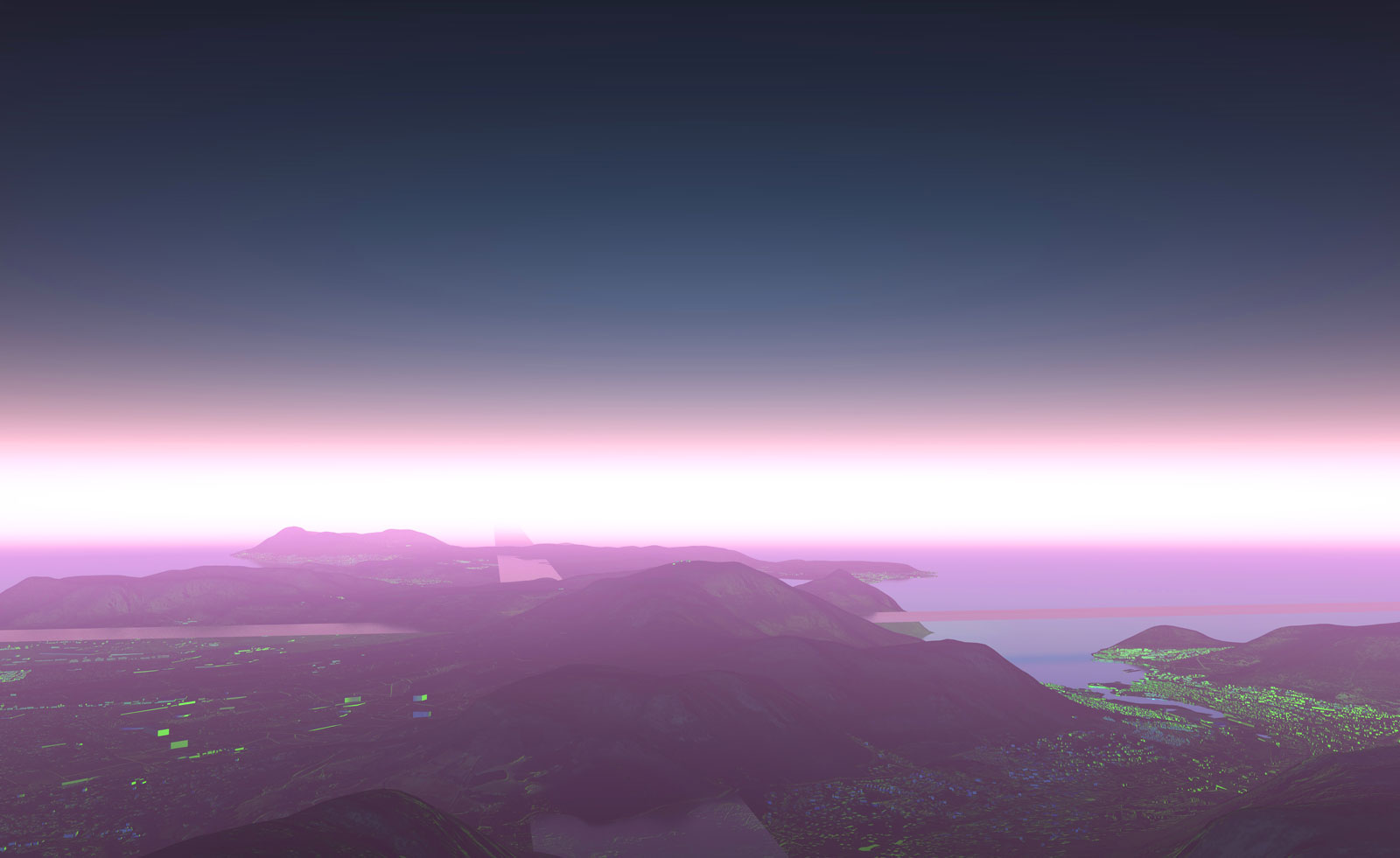
© Sabrina Ratté
With this in mind, I was lucky enough to meet the graphic designer Jérôme Colliard, who told me the story of the ‘Planisphère d’un monde équestre’ motif he designed for Hermès in 2016. Like a fresco adorning the Grand Palais, it presented an imaginary world in the way that Hermès interpreted it, nourished by its equestrian universe: the material, the gaits or the figures give whimsical names to the continents, bays and other places. In that sense we didn’t have to compromise on a continent or another, we could keep the reading and imaginary accessible for everyone.
From a technical perspective, we spent a lot of time developing the dial, which is composed of four parts featuring different materials and treatments. There are many details on the planisphere motif, and it was essential to make the continents stand out, to give them depth through a play on relief. This was possible thanks to the work we were able to do with the Ateliers d’Hermès Horloger in Le Noirmont.
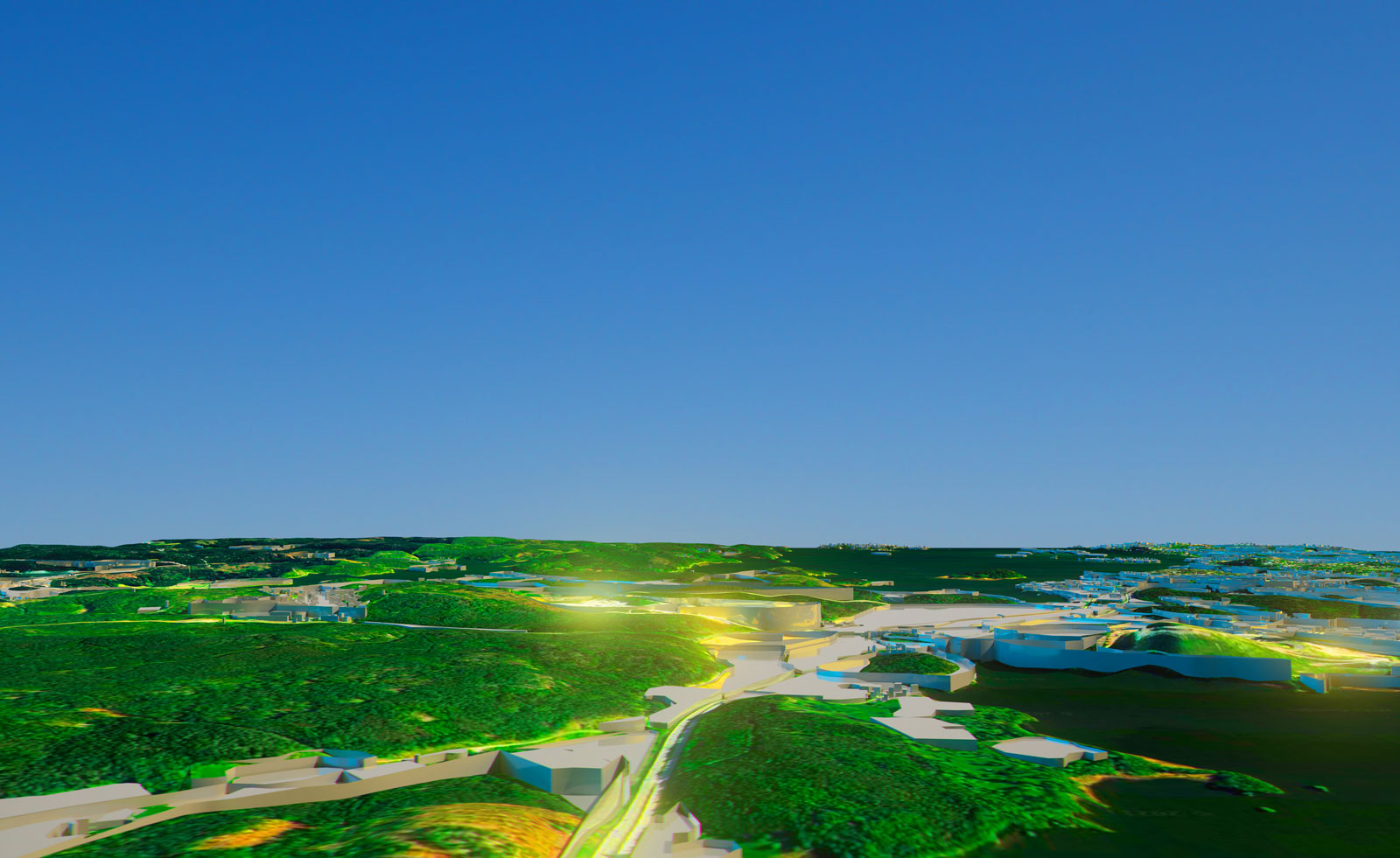
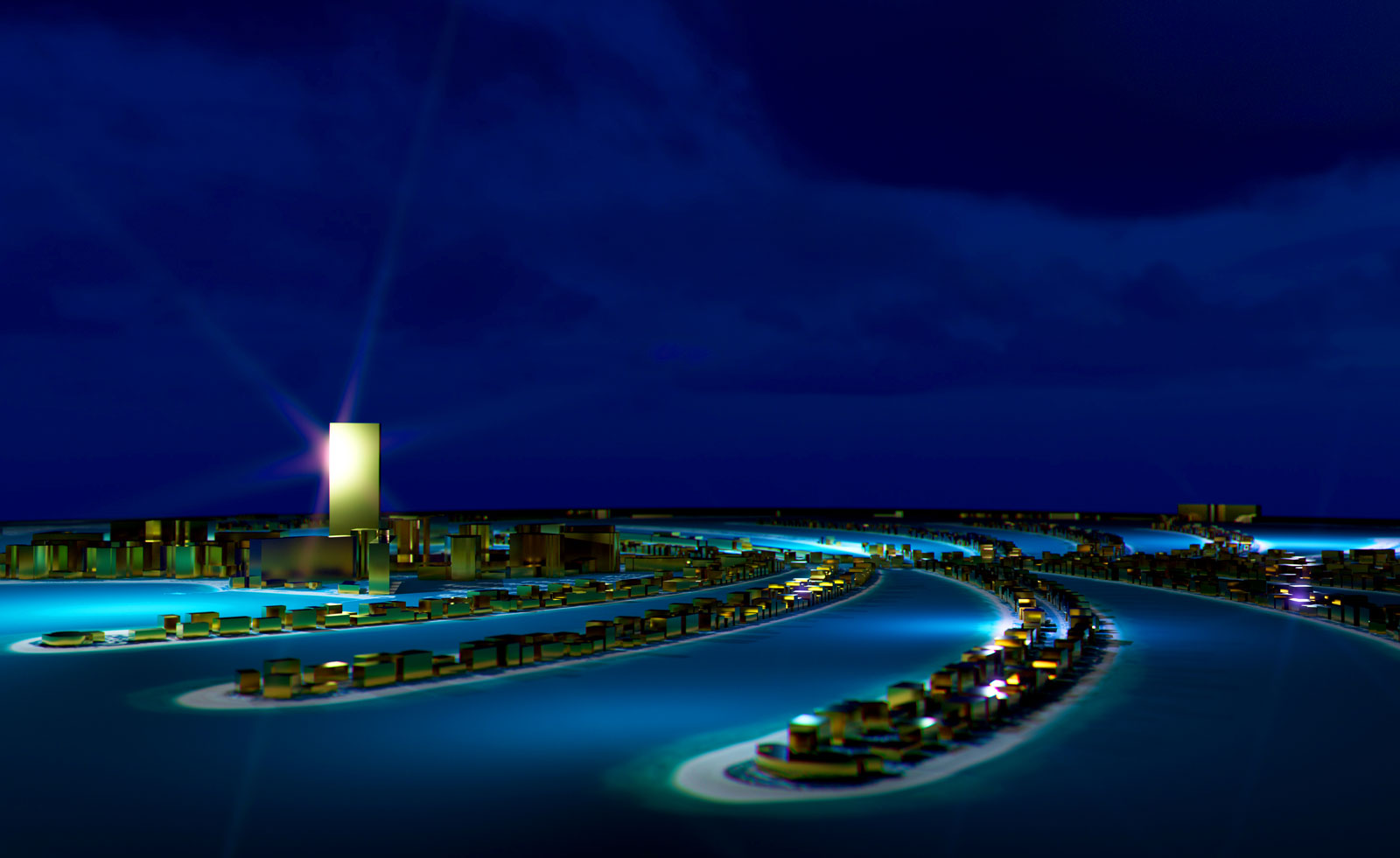
© Sabrina Ratté
INFORMATION
Hannah Silver is the Art, Culture, Watches & Jewellery Editor of Wallpaper*. Since joining in 2019, she has overseen offbeat design trends and in-depth profiles, and written extensively across the worlds of culture and luxury. She enjoys meeting artists and designers, viewing exhibitions and conducting interviews on her frequent travels.
-
 The Subaru Forester is the definition of unpretentious automotive design
The Subaru Forester is the definition of unpretentious automotive designIt’s not exactly king of the crossovers, but the Subaru Forester e-Boxer is reliable, practical and great for keeping a low profile
By Jonathan Bell
-
 Sotheby’s is auctioning a rare Frank Lloyd Wright lamp – and it could fetch $5 million
Sotheby’s is auctioning a rare Frank Lloyd Wright lamp – and it could fetch $5 millionThe architect's ‘Double-Pedestal’ lamp, which was designed for the Dana House in 1903, is hitting the auction block 13 May at Sotheby's.
By Anna Solomon
-
 Naoto Fukasawa sparks children’s imaginations with play sculptures
Naoto Fukasawa sparks children’s imaginations with play sculpturesThe Japanese designer creates an intuitive series of bold play sculptures, designed to spark children’s desire to play without thinking
By Danielle Demetriou
-
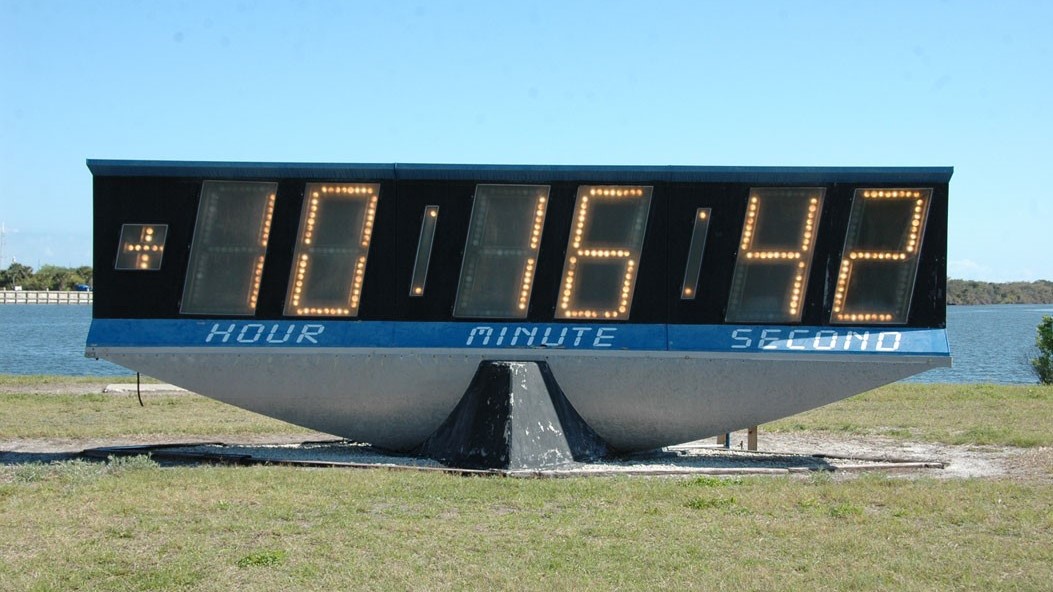 Watches and Wonders 2024: the solar eclipse puts the race to unify Moon time in the spotlight
Watches and Wonders 2024: the solar eclipse puts the race to unify Moon time in the spotlightNASA has been tasked to create standard Moon time by 2026, but could SpaceOne's seriously affordable lunar watch eclipse its efforts at this week's global watch fair?
By James Gurney
-
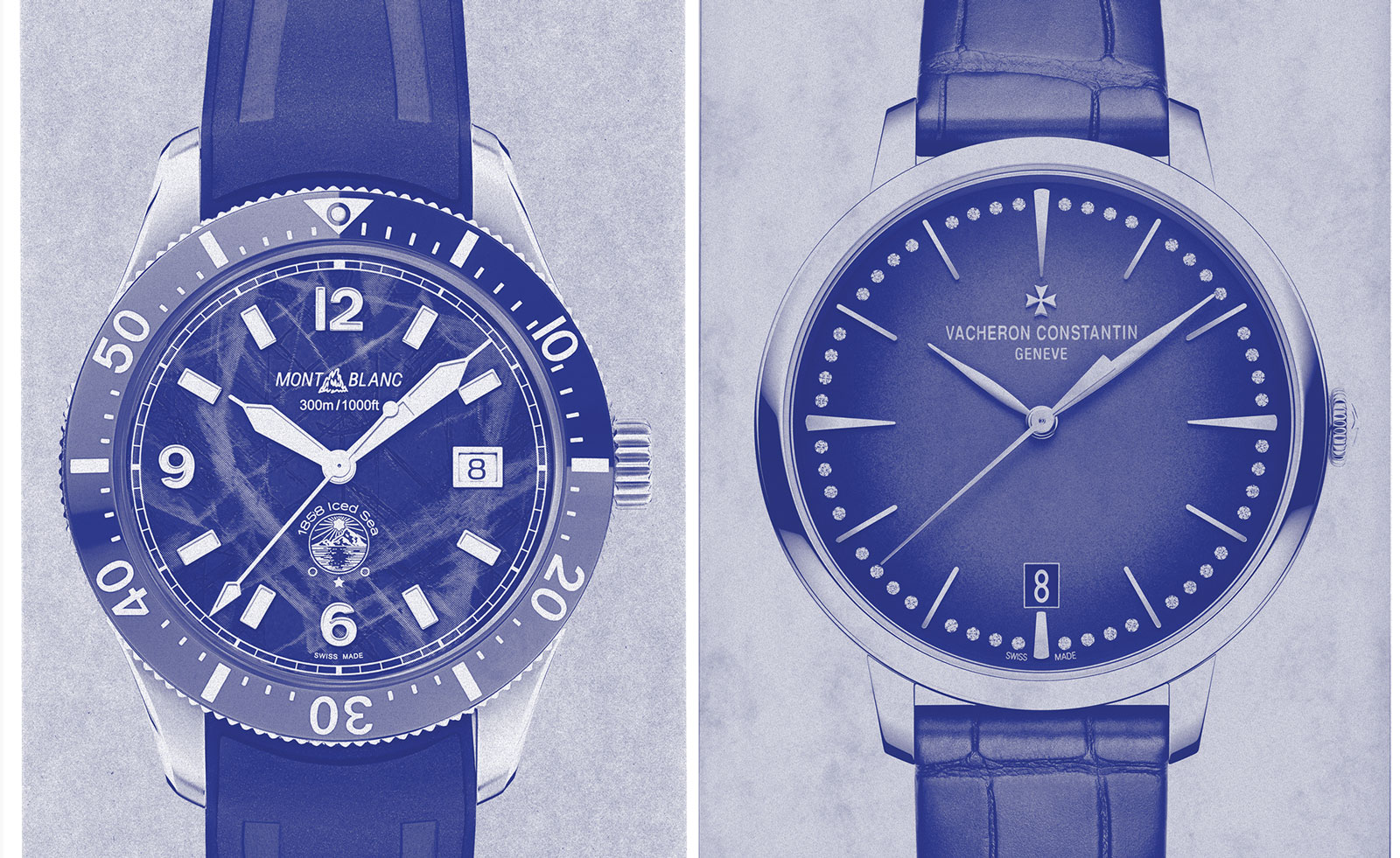 Water mark: watches are inspired by aquatic themes this summer
Water mark: watches are inspired by aquatic themes this summerBlue-tinted watches from Hermès, Bell & Ross, Montblanc and Vacheron Constantin are taking maritime cues
By Hannah Silver
-
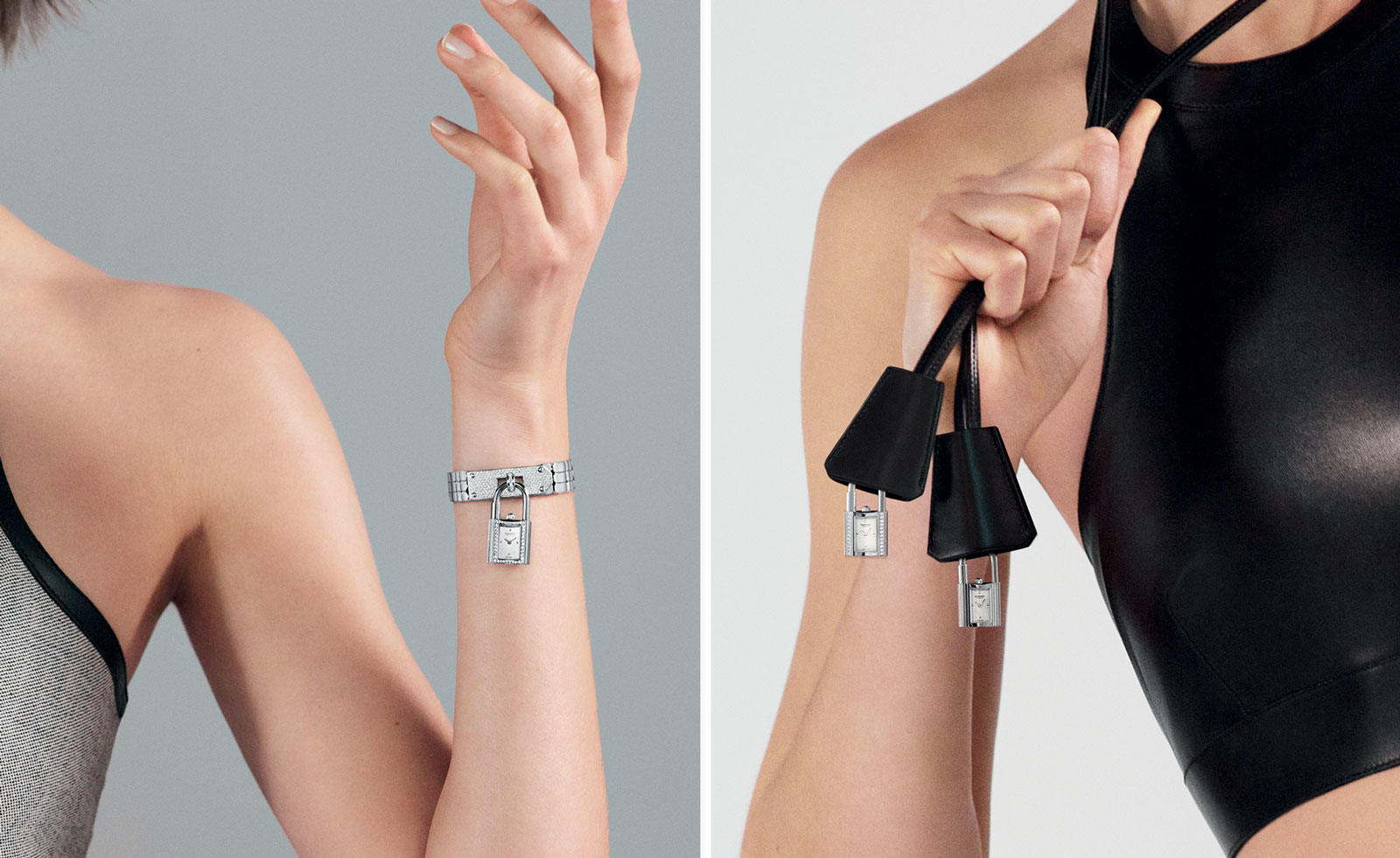 Playful design meets chic heritage in the Hermès Kelly watch
Playful design meets chic heritage in the Hermès Kelly watchThe new Kelly watch from Hermès rethinks the original 1975 timepiece
By Hannah Silver
-
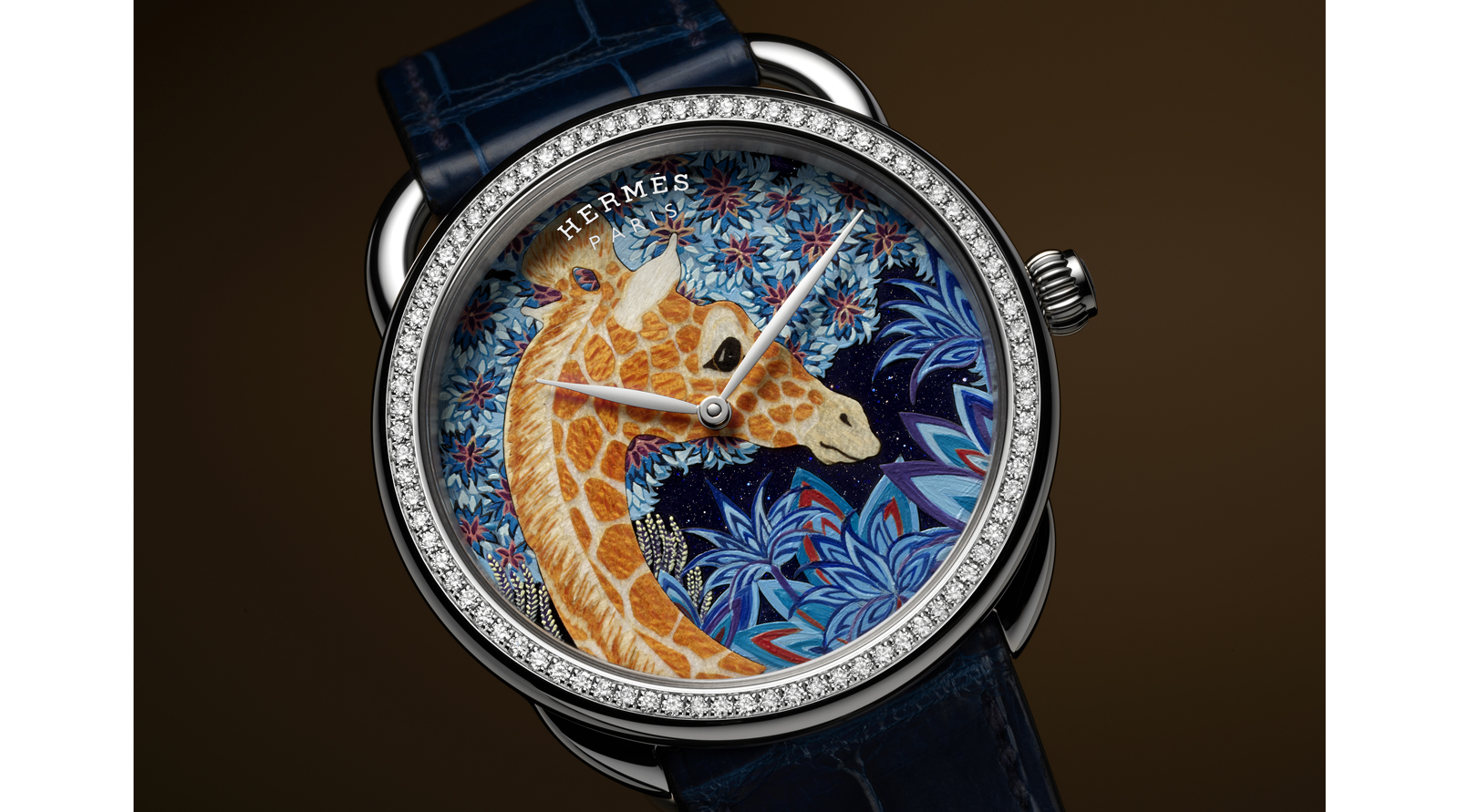 Hermès Arceau watch reinterprets a silk scarf design
Hermès Arceau watch reinterprets a silk scarf designThe Hermès Arceau The Three Graces is inspired by British artist Alice Shirley’s trip to South Africa
By Hannah Silver
-
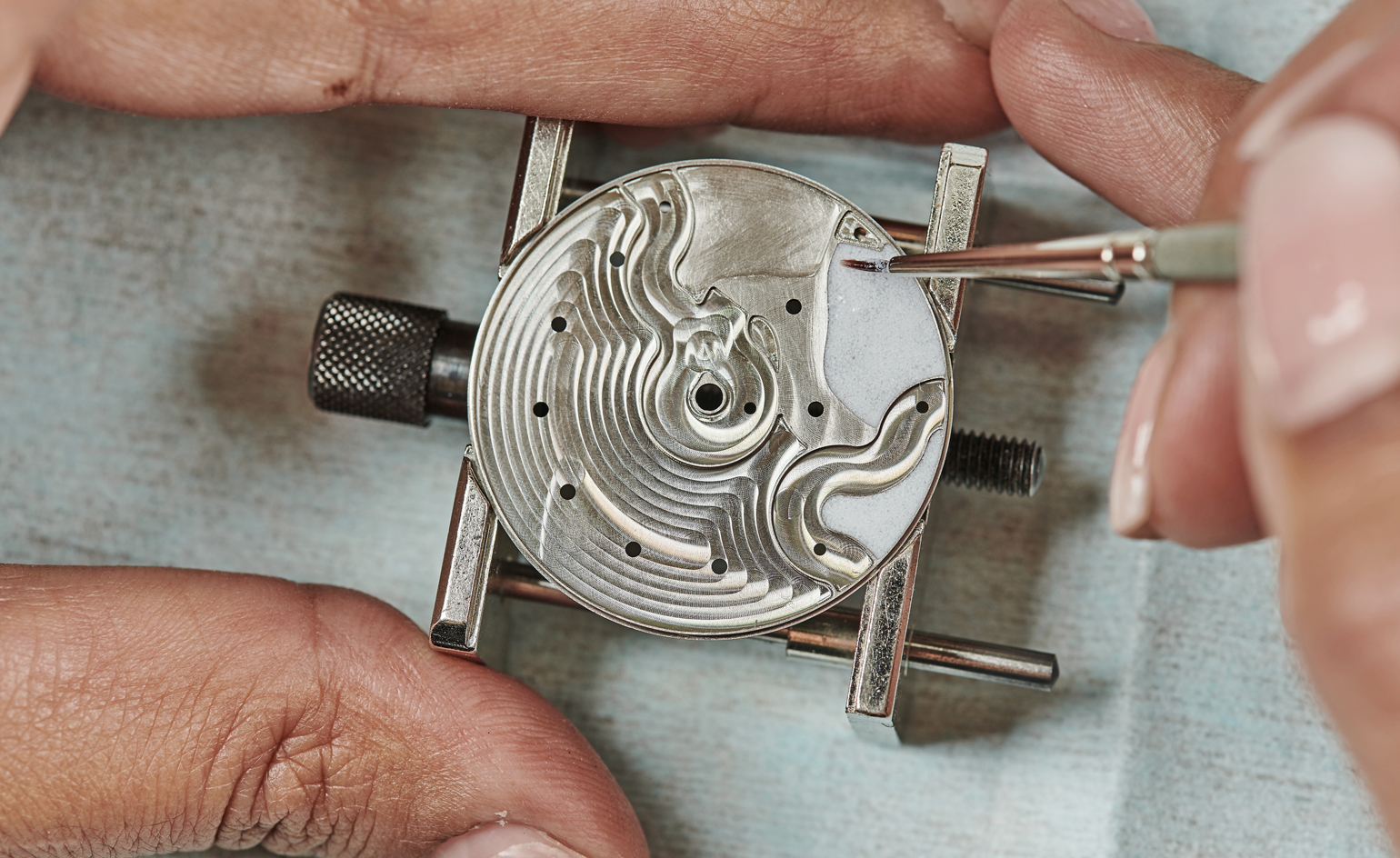 Hermès’ new watch calls on its equestrian roots
Hermès’ new watch calls on its equestrian rootsIntricate craftsmanship lays at the heart of the Hermès Arceau Cheval Cosmique
By Hannah Silver
-
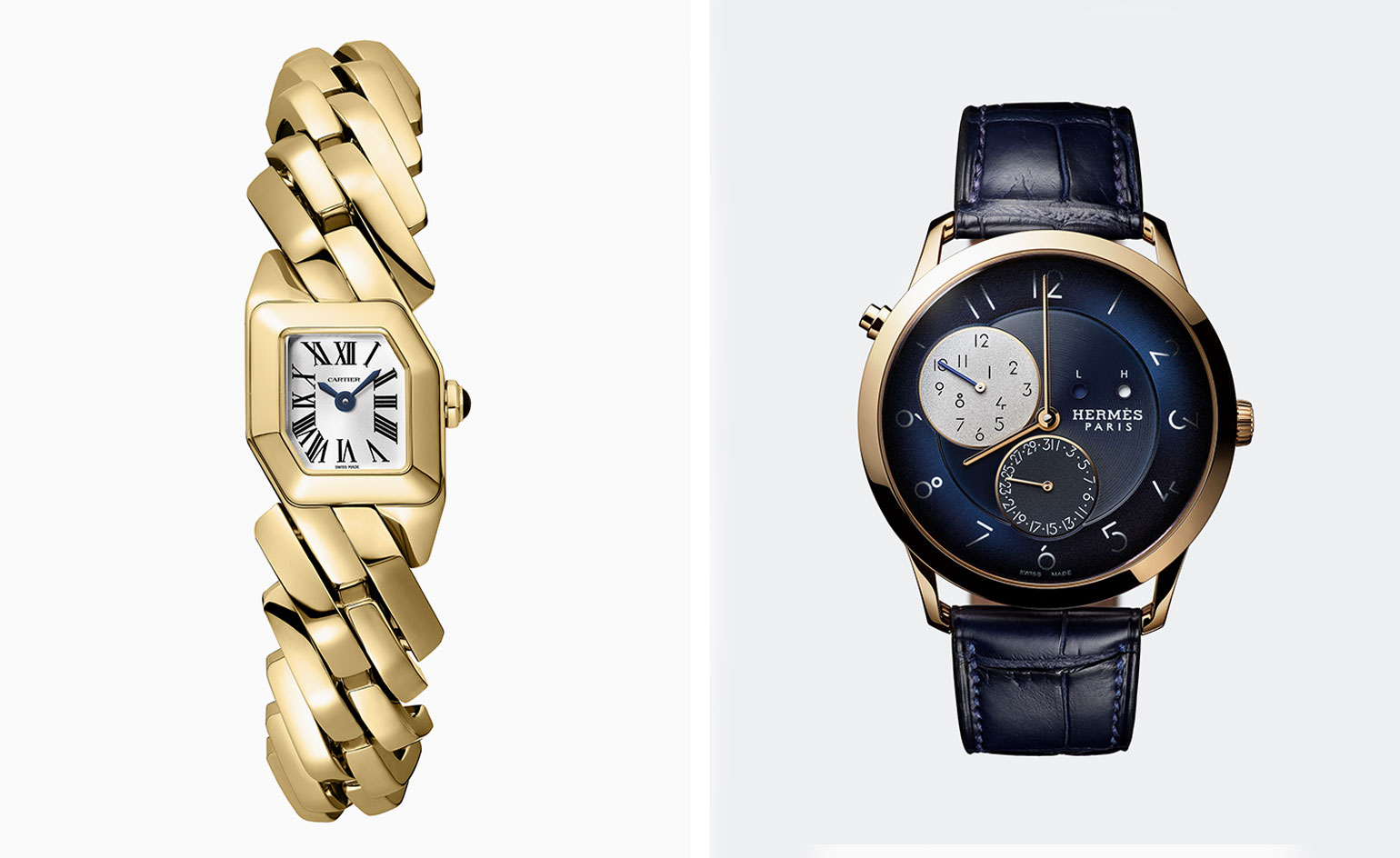 Watches & Wonders announces a new digital watch community
Watches & Wonders announces a new digital watch communityThe annual event, which was due to begin in Geneva today, will instead unveil a host of new watch releases online
By Hannah Silver
-
 Moonstruck: Hermès takes on space and time at SIHH 2019
Moonstruck: Hermès takes on space and time at SIHH 2019By James Gurney